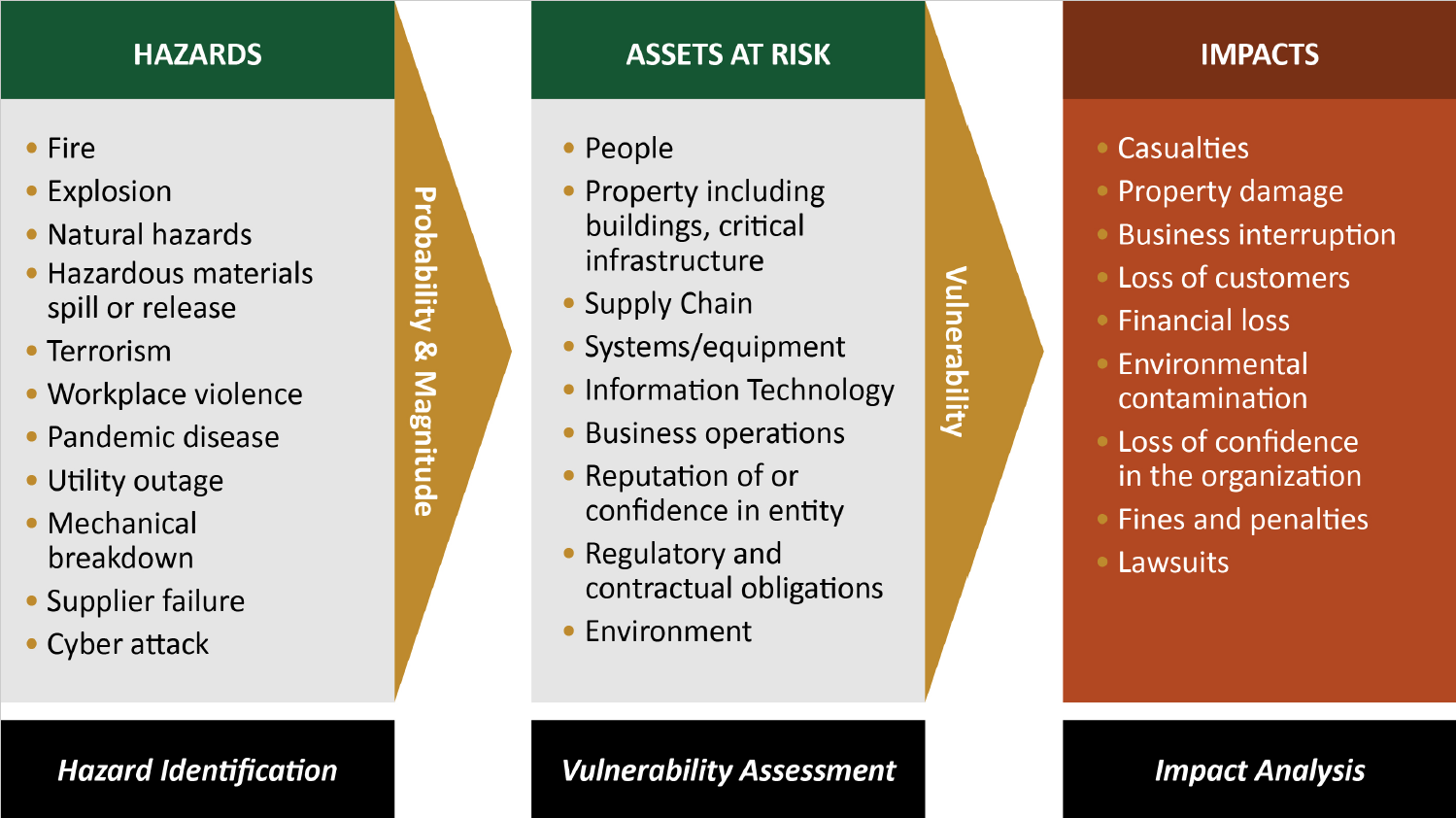What is Enterprise Risk Management?
Enterprise Risk Management (ERM):
The discipline by which an organization in any industry assesses, controls, exploits, finances and monitors risks from all sources for the purpose of increasing the organization’s short and long-term value to its stakeholders. Successful ERM programs manage risk across two dimensions: Time & Space.
 | Time:Properly developed ERM programs shift your Risk Management focus from short-term (once-a-year when traditional insurances policies renew) to a long-term program designed with the organization’s overall goals in mind. |
 | Space:ERM programs increase the Depth of Coverage of an organization, allowing for formal insurance across the three distinct areas of risk: Core, Operational and Strategic.
|
Why Combine Enterprise Risk Management With A Captive Insurance Company?
Stronger Business Model
Asset Protection
Improved Risk Management
Insurance Profits
Advantageous Tax Treatment
Wealth Accumulation
Improved Cost Control
Enterprise Risk Management & Captive Insurance Companies
Their combination benefits everyone!
Risk:
The potential for future losses or shortfalls due to the deviation of actual results from expected results.
Even the U.S. Government encourages small and mid-size businesses to prepare for a wide range of threats. Below is a chart which outlines potential risks and impacts of those risks.

(Chart from Ready.gov landing page for businesses as of March 2015).
Core Risk
- General Liability
- Auto Liability
- Directors & Officers
- Property Liability
- Professional Liability
- E & O
- Worker’s Compensation
Operational Risk
- Administrative Actions
- Cyber Risk
- Employment Practices
- Litigation Defense Expense
- Business Risk Indemnity
- Legal Expenses
- Commercial Crime
- Excess General Liability
- Excess Prof. Liability
- Existing Deductibles
Strategic Risk
- Business Interruption
- Contract Termination
- Subcontractor Default
- Reputational Damages
- Terrorism
- Supply Chain Interruption
- Regulatory & Legislative Changes
Contact CIC Services
Find Out How CIC Services Can Help Your Company








